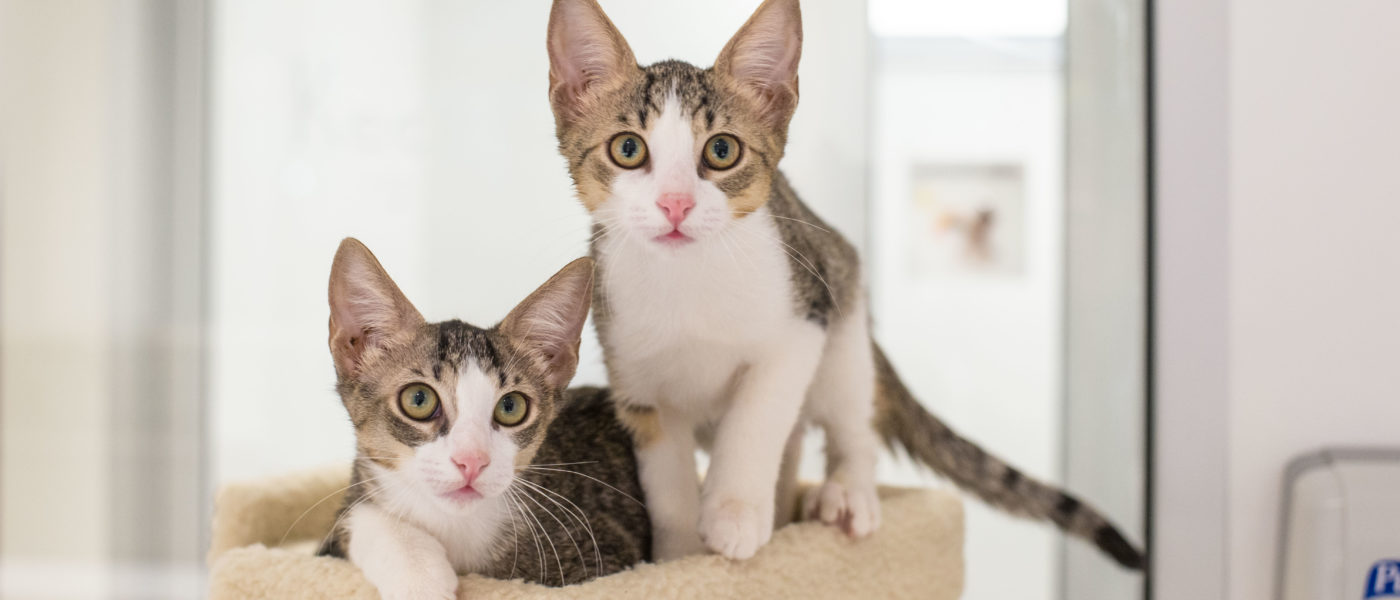As cat owners, we all want to understand what our feline friends are trying to tell us. Sometimes it can be difficult to decipher their behaviour, but with a little patience and observation, you can learn to understand your cat’s wants and needs. Here are some tips on how to know what your cat wants:
Pay Attention To Body Language
Cats are known for their expressive body language. By observing your cat’s posture, you can get a good idea of their mood and intentions. A relaxed cat will have their tail held high, while a scared or angry cat will have their ears pinned back and their tail tucked between their legs. Similarly, a cat that is feeling playful may crouch down and wiggle their hindquarters before pouncing on a toy.
Listen To Vocalizations
Cats use a variety of vocalizations to communicate with their owners. A content cat will purr softly, while a distressed cat may meow loudly or yowl. Pay attention to the tone and volume of your cat’s meows to determine what they are trying to tell you.
Watch For Grooming Behaviours
Cats are very fastidious creatures and spend a great deal of time grooming themselves. However, grooming behaviours can also indicate a cat’s emotional state. A cat that is feeling anxious or stressed may over-groom themselves or pull out their fur. Conversely, a cat that is feeling content may groom you or another cat in the household.
Provide For Their Basic Needs
Cats have a few basic needs that must be met in order for them to be happy and healthy. Make sure your cat has access to fresh water, a clean litter box, and a healthy diet. If your cat is exhibiting unusual behaviours, such as scratching furniture or meowing excessively, they may be trying to tell you that their basic needs are not being met.
Spend Quality Time With Your Cat
Finally, the best way to understand what your cat wants is to spend quality time with them. Play with your cat, give them plenty of attention and affection, and observe their behaviour closely. Over time, you will develop a better understanding of your cat’s wants and needs and will be able to provide for them more effectively.
In conclusion, understanding what your cat wants requires patience, observation, and a willingness to learn. By paying attention to your cat’s body language, vocalizations, grooming behaviours, and basic needs, and by spending quality time with them, you can develop a deeper understanding of your feline friend and build a stronger bond.





